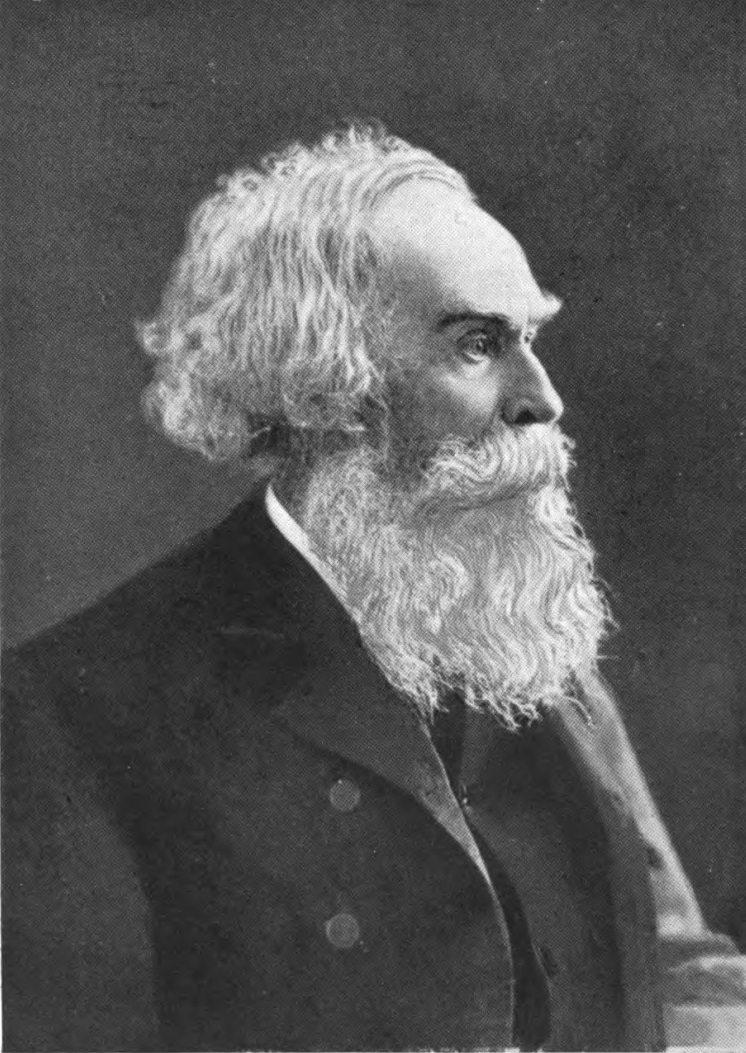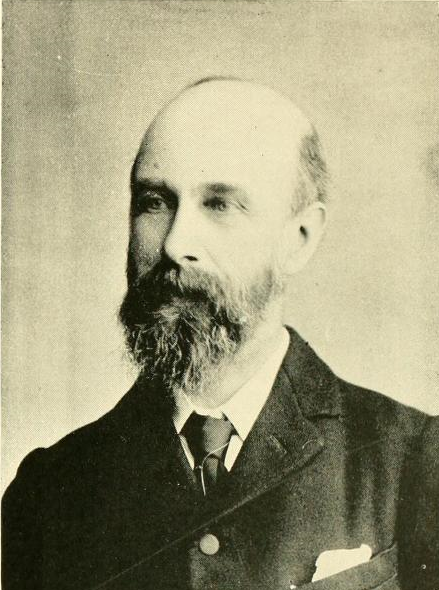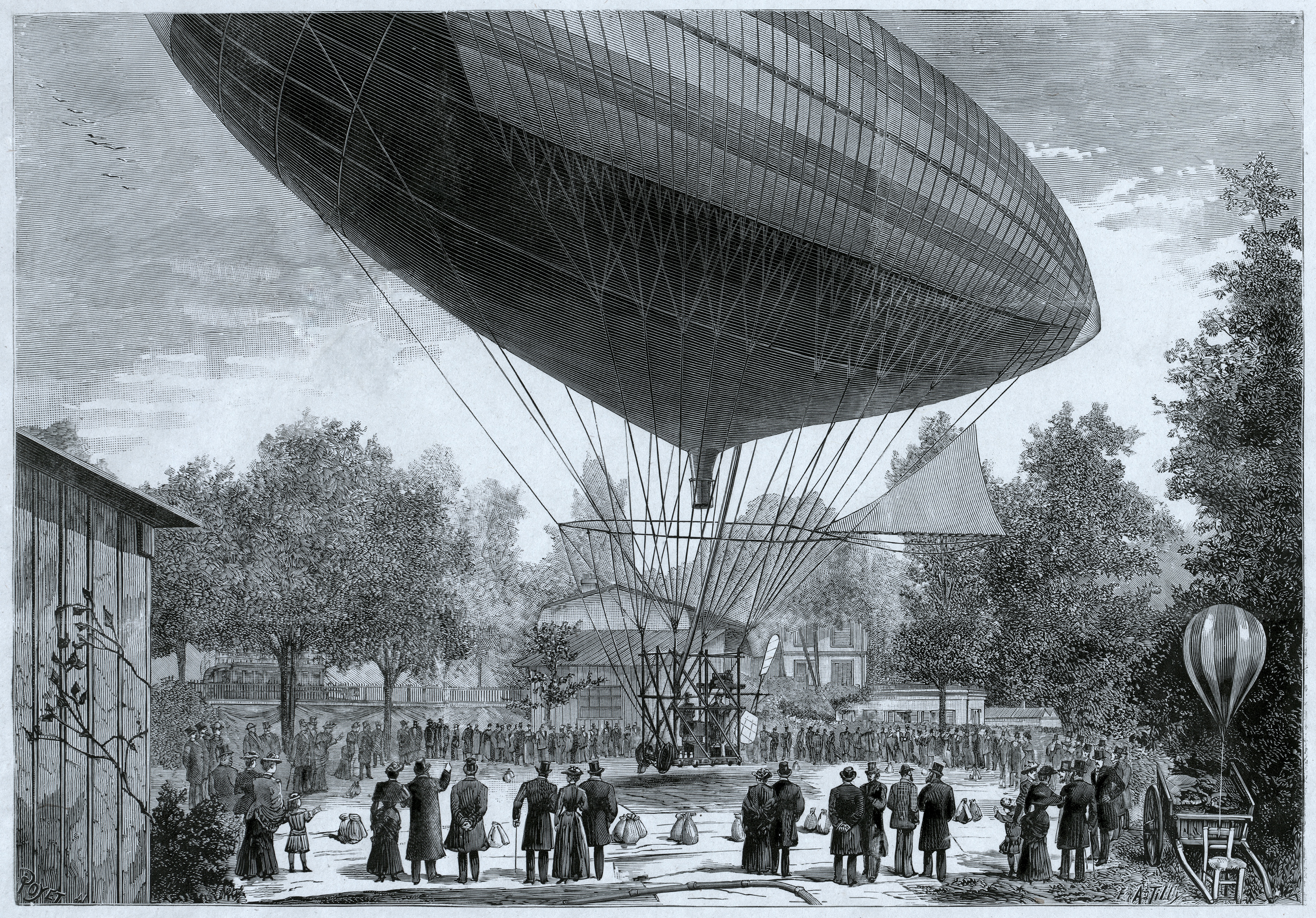|
Sensitive Flame
A sensitive flame is a gas flame which under suitable adjustment of pressure resonates readily with sounds or air vibrations in the vicinity. Noticed by both the American scientist John LeConte and the English physicist William Fletcher Barrett, they recorded the effect that a shrill note had upon a gas flame issuing from a tapering jet. The phenomenon caught the attention of the Irish physicist John Tyndall who gave a lecture on the process to the Royal Institution The Royal Institution of Great Britain (often the Royal Institution, Ri or RI) is an organisation for scientific education and research, based in the City of Westminster. It was founded in 1799 by the leading British scientists of the age, inc ... in January 1867. While not necessary to observe the effect, a higher flame temperature allows for easier observation. Sounds at lower to mid-range frequencies have little to no effect on the flame. However, shrill noises at high frequencies produce noticeable effects on ... [...More Info...] [...Related Items...] OR: [Wikipedia] [Google] [Baidu] |
John LeConte
John LeConte (December 4, 1818 – April 29, 1891) was an American scientist and academic. He served as president of the University of California from 1869 to 1870 and again from 1875 to 1881. Biography LeConte was born in Liberty County, Georgia, to Louis Le Conte, patriarch of the noted LeConte family. He attended Franklin College at the University of Georgia (UGA) in Athens, where he was a member of the Phi Kappa Literary Society and graduated in 1838. His younger brother Joseph LeConte also attended the University. Like many of his immediate relatives, John LeConte next studied medicine at the New York College of Physicians and Surgeons and earned his M.D. in 1842. During this time, LeConte married Eleanor Josephine Graham. He practiced medicine until 1846 when he returned to UGA as a professor of physics and chemistry and taught there until his resignation in 1855. His next academic position was at the University of South Carolina in Columbia, as professor of physics and ... [...More Info...] [...Related Items...] OR: [Wikipedia] [Google] [Baidu] |
William Fletcher Barrett
Sir William Fletcher Barrett (10 February 1844 in Kingston, Jamaica, Kingston, Jamaica – 26 May 1925) was an English physicist and Parapsychology, parapsychologist. Life He was born in Jamaica where his father, William Garland Barrett, who was an amateur naturalist, Congregational church, Congregationalist minister and a member of the London Missionary Society, ran a station for saving African slaves. There he lived with his mother, Martha Barrett, née Fletcher, and a brother and sister. The family returned to their native England in Royston, Hertfordshire in 1848 where another sister, the social reformer Rosa Mary Barrett was born. In 1855 they moved to Manchester and Barrett was then educated at Old Trafford Grammar School.Alan Gauld, Gauld, Alan. (2004). ''Barrett, Sir William Fletcher (1844–1925)''. Oxford Dictionary of National Biography. Oxford University Pressretrieved 2 Feb 2011 Barrett then took chemistry and physics at the Royal College of Chemistry and then bec ... [...More Info...] [...Related Items...] OR: [Wikipedia] [Google] [Baidu] |
John Tyndall
John Tyndall FRS (; 2 August 1820 – 4 December 1893) was a prominent 19th-century Irish physicist. His scientific fame arose in the 1850s from his study of diamagnetism. Later he made discoveries in the realms of infrared radiation and the physical properties of air, proving the connection between atmospheric CO and what is now known as the greenhouse effect in 1859. Tyndall also published more than a dozen science books which brought state-of-the-art 19th century experimental physics to a wide audience. From 1853 to 1887 he was professor of physics at the Royal Institution of Great Britain in London. He was elected as a member to the American Philosophical Society in 1868. Early years and education Tyndall was born in Leighlinbridge, County Carlow, Ireland. His father was a local police constable, descended from Gloucestershire emigrants who settled in southeast Ireland around 1670. Tyndall attended the local schools (Ballinabranna Primary School) in County Carlow until ... [...More Info...] [...Related Items...] OR: [Wikipedia] [Google] [Baidu] |
Royal Institution
The Royal Institution of Great Britain (often the Royal Institution, Ri or RI) is an organisation for scientific education and research, based in the City of Westminster. It was founded in 1799 by the leading British scientists of the age, including Henry Cavendish and its first president, George Finch. Its foundational principles were diffusing the knowledge of, and facilitating the general introduction of useful mechanical inventions and improvements, as well as enhancing the application of science to the common purposes of life (including through teaching, courses of philosophical lectures, and experiments). Much of the Institution's initial funding and the initial proposal for its founding were given by the Society for Bettering the Conditions and Improving the Comforts of the Poor, under the guidance of philanthropist Sir Thomas Bernard and American-born British scientist Sir Benjamin Thompson, Count Rumford. Since its founding it has been based at 21 Albemarle Street ... [...More Info...] [...Related Items...] OR: [Wikipedia] [Google] [Baidu] |
Gaston Tissandier
Gaston Tissandier (November 21, 1843 – August 30, 1899) was a French chemist, meteorologist, aviator, and editor. He escaped besieged Paris by balloon in September 1870. He founded and edited the scientific magazine ''La Nature'' and wrote several books. His brother was illustrator Albert Tissandier. His son Paul became a well known aviator in his own right. Biography Gaston Tissandier was born in Paris in 1843. He studied chemistry and in 1864 became the head of the experimental laboratory of Union nationales. He was also a teacher at Association polytechnique. His interest in meteorology led him to take up aviation. His first trip in the air was conducted at Calais in 1868 together with , where his balloon drifted out over the sea and was brought back by an air stream of opposite direction in a higher layer of air. In September 1870, during the Franco-Prussian War, he managed to leave the besieged Paris by balloon. His most adventurous air trip took place near Paris i ... [...More Info...] [...Related Items...] OR: [Wikipedia] [Google] [Baidu] |
PSM V36 D052 Sensitive Batwing Flames Testing Light And Its Effect On Sound
PSM, an acronym, may refer to: Organizations * Sepaktakraw Association of Malaysia ( ms, Persatuan Sepaktakraw Malaysia; PSM), a national governing body in Malaysia. * Pakistan School Muscat, a Pakistani co-educational institute in Oman * Palestine Solidarity Movement, a student organization in the United States * Panhellenic Socialist Movement, a centre-left party in Greece * Parti Sosialis Malaysia, a socialist political party in Malaysia * PlayStation: The Official Magazine, a magazine originally known as PlayStation Magazine or PSM * Ponce School of Medicine, a post-graduate medical school located in Ponce, Puerto Rico * Power Systems Mfg, a subsidiary of Alstom, specializing in aftermarket gas turbine servicing for power generating industry. * ''Poznańska Spółdzielnia Mieszkaniowa'', a housing cooperative administering most of the Piątkowo district of Poznań, Poland * PSM3, a UK video game magazine specializing in Sony consoles * PSM Makassar, a football club th ... [...More Info...] [...Related Items...] OR: [Wikipedia] [Google] [Baidu] |
Pyrophone
A pyrophone, also known as a "fire/explosion organ" or "fire/explosion calliope" is a musical instrument in which notes are sounded by explosions, or similar forms of rapid combustion, rapid heating, or the like, such as burners in cylindrical glass tubes, creating light and sound. It was invented by physicist and musician Georges Frédéric Eugène Kastner (born 1852 in Strasbourg, France - died 1882 in Bonn, Germany), son of composer Jean-Georges Kastner, around 1870. Design Related musical instruments The pyrophone is similar to the steam calliope, but the difference is that in the calliope the combustion is external to the resonant cavity, whereas the pyrophone is an internal combustion instrument. The difference initially seems insignificant, but external combustion is what gives the calliope its staccato. Operating under the constant pressures of an external combustion chamber, the calliope merely directs exhaust ( HB# 421.22: internal fipple flutes). By controlling ... [...More Info...] [...Related Items...] OR: [Wikipedia] [Google] [Baidu] |
Combustion
Combustion, or burning, is a high-temperature exothermic redox chemical reaction between a fuel (the reductant) and an oxidant, usually atmospheric oxygen, that produces oxidized, often gaseous products, in a mixture termed as smoke. Combustion does not always result in fire, because a flame is only visible when substances undergoing combustion vaporize, but when it does, a flame is a characteristic indicator of the reaction. While the activation energy must be overcome to initiate combustion (e.g., using a lit match to light a fire), the heat from a flame may provide enough energy to make the reaction self-sustaining. Combustion is often a complicated sequence of elementary radical reactions. Solid fuels, such as wood and coal, first undergo endothermic pyrolysis to produce gaseous fuels whose combustion then supplies the heat required to produce more of them. Combustion is often hot enough that incandescent light in the form of either glowing or a flame is produced. A ... [...More Info...] [...Related Items...] OR: [Wikipedia] [Google] [Baidu] |






.jpg)
